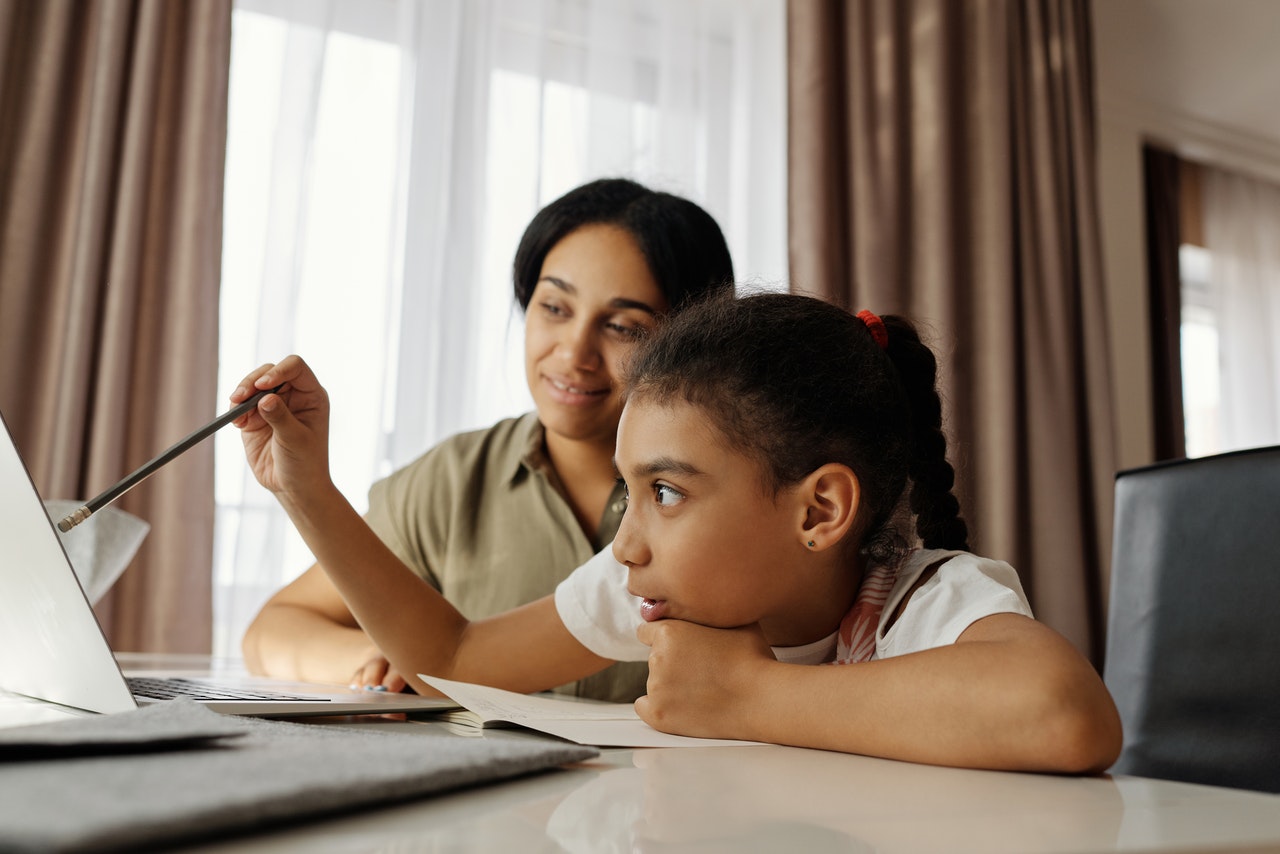Are you looking for strategies to help students who do not appear to be happy? If so, keep reading.
1. Show tasks in the most attractive and exciting manner possible.
2. Ascertain which learning activities the student prefers.
3. Minimize or discontinue competitive learning activities. Repeated failure reduces the enjoyment of the learning experience.
4. Make every attempt to maintain a positive atmosphere in the classroom (e.g., cooperative group learning activities, positive motivation strategies, positive communications, etc.).
5. Give the student many chances for social and academic success.
6. Include the student in classroom/group learning activities (e.g., invite the student to join a group, designate the student a part or responsibility in a learning experience, etc.).
7. Indicate a need for the student’s involvement in a learning experience (e.g., the student is a part of the class/learning activities, is valued, and needed, etc.).
8. Include fun and enjoyable learning activities as a part of the daily curriculum.
9. Converse with the student to explain (a) that you recognize they are unhappy and (b) appropriate ways to deal with unhappiness.
10. Refrain from discussions of topics sensitive to the student (e.g., divorce, death, unemployment, alcoholism, etc.).
11. Be sure to greet or acknowledge the student as often as possible (e.g., greet in hallways or the cafeteria, welcome to class, acknowledge a job well done, etc.).
12. Use the student’s accomplishments (e.g., publicly, or privately, depending on which is most appropriate).
13. Talk regularly with the student.
14. Attempt several groupings to ascertain the situation in which the student is most comfortable.
15. Make sure that interactions with the student are natural and not contrived.
16. Assist the student in creating a friendship by assigning them to work with a peer on a learning experience, project, etc.
17. Get the student to finish a reinforcer survey to ascertain their interests, favorite learning activities, what is rewarding to the student, etc., and use the information obtained to maintain a pleasant atmosphere at school for the student.
18. Get peers to invite the student to take part in school and extracurricular learning activities.
19. Praise those students in the classroom who deal with unhappiness appropriately.
20. Take time to talk with the student so the student realizes that the teacher’s interest in them is genuine.
21. Consider using an adaptive behavior management app. Click here to view a list of apps that we recommend.
22. Click here to learn about six bonus strategies for challenging problem behaviors and mastering classroom management.
23. Consider using a socio-emotional learning app. Click here to view a list of apps that we recommend.
24. Consider using an emotional intelligence app. Click here to view a list of apps that we recommend.
25. Consider using a school counseling app. Click here to view a list of apps that we recommend.





